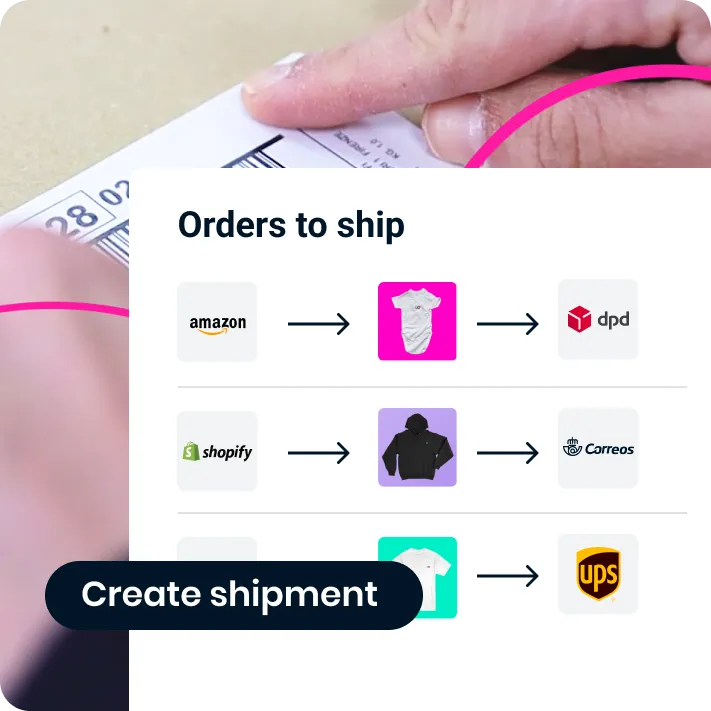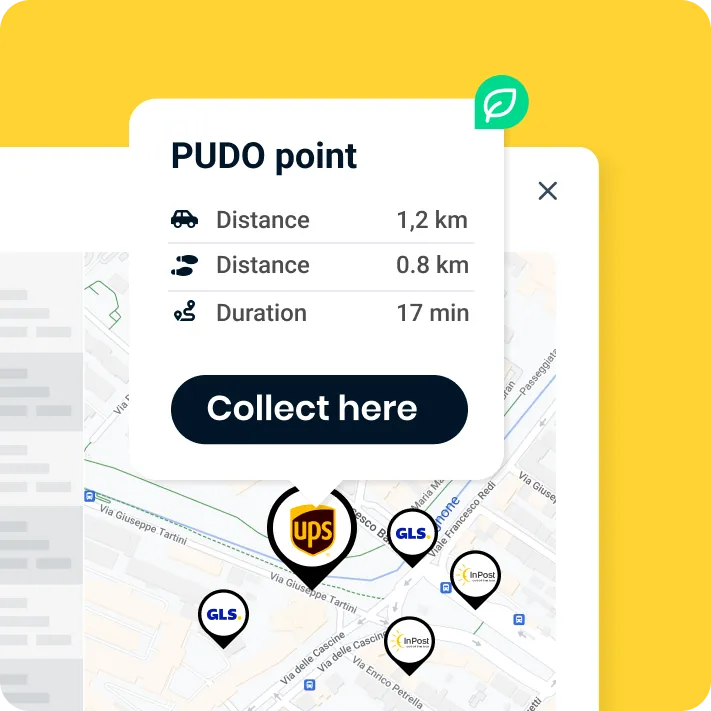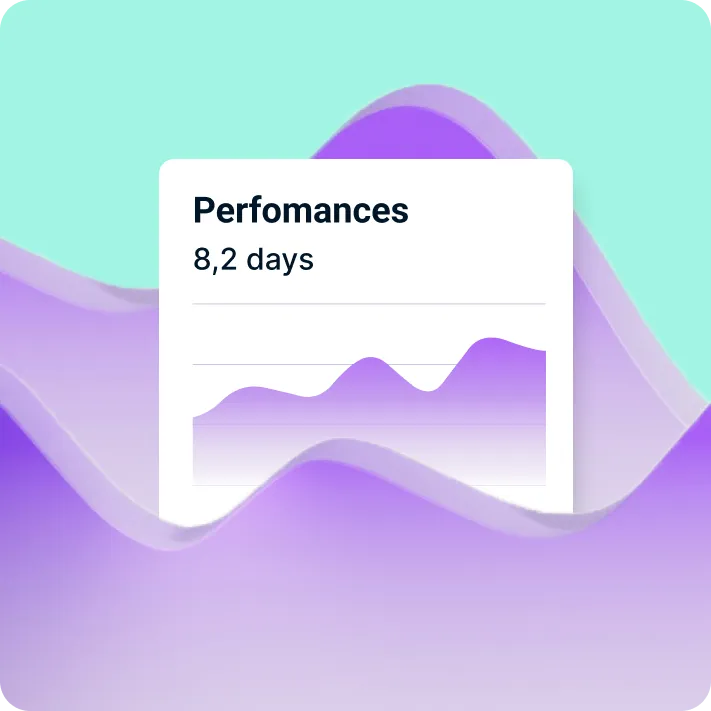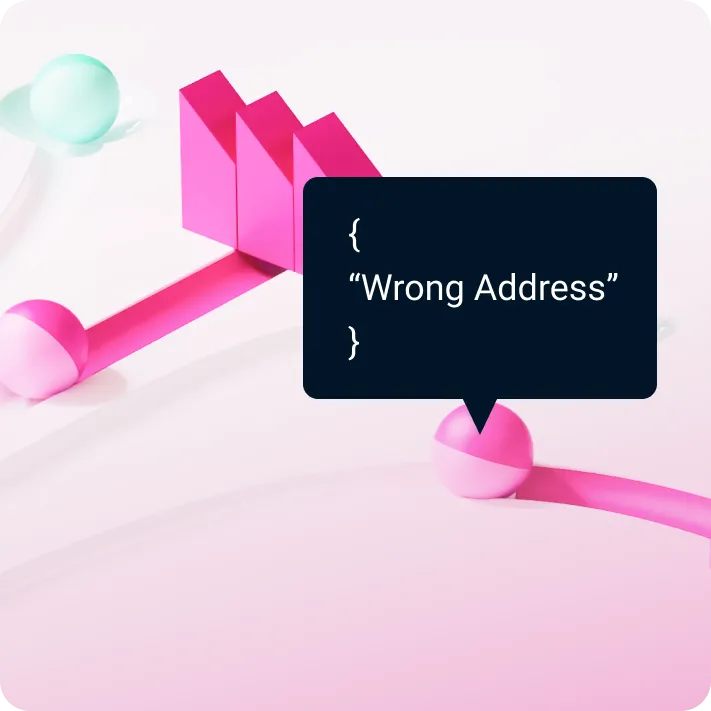How can proximity marketing help your business?
If you have a business and are looking to boost your marketing efforts, you might want to explore proximity marketing. How can proximity marketing help your business? That’s the question we’re focusing on in this article. We’re looking at how it works, what the benefits are, and taking you through some examples.
Whilst you’re considering your business’ marketing efforts, you might also be taking the time to improve your shipment management. That’s where ShippyPro comes in. We can help you to save time and effort through features including Track & Trace and Label Creator. You’ll certainly appreciate having more time on your hands if proximity marketing ramps up your business!
What is proximity marketing?
Even if you haven’t heard of proximity marketing, you may have heard of its alternative name, ‘hyperlocal marketing’. It’s all about marketing to customers, and potential customers, in the right place and at the right time. It also makes use of personalised notifications to really engage customers. It targets potential customers with personalised adverts based on how close they are to a specific location.
Proximity marketing enables you to bridge the gap between online and offline marketing. It can entice customers into making a spontaneous purchase.
As many as 75% of shoppers use their phones whilst in-store. They may be using it to price-check your products against brands like Amazon, scrolling through Facebook, or sending out a quick email. By using proximity marketing, you can turn this phone usage to your advantage.
The technology for hyperlocal marketing is usually powered by beacons, which is a fast-growing market. In 2016, the global beacons technology market was valued at $519.6 million. By 2026, it’s estimated that it will reach around $56.6 billion. That’s a strong indication of how much hyperlocal marketing is set to take off in the next few years. It’s definitely a powerful marketing technique for businesses looking to grow their customer base and reach a new audience.

How does proximity marketing work?
So what exactly are beacons, and how do they work? To put it simply, beacons are small, wireless devices that transmit Bluetooth signals to smartphones that are within a certain proximity of the device. If a nearby customer has Bluetooth enabled on their smartphone, and the retailer’s app downloaded, the beacon will ping them a notification.
The steps are as follows:
- Retailers place beacons in certain locations in the store, for example at the front door or in aisles with special offers
- Customers need to have a device that’s Bluetooth-enabled, and within range of the beacon
- The beacon sends a notification to the customer’s phone, and gets authorisation from the customer to communicate via the app
- The retailer sends information through the app, creating a hyper-personalised shopping experience
Retailers can send whatever information they want out to customers’ phones. They could choose to send details of special offers, or perhaps offer a unique discount that isn’t available to other customers. It’s also a great way to interact with shoppers on a more personal level. You could, for example, gamify the shopping experience into a treasure hunt, or send a quiz to customers. Proximity marketing can also be used as a way of gaining on-the-spot customer feedback.
Why use proximity marketing?
If you think it sounds like a gimmick, you’d be wrong. Proximity marketing, when done well, has the power to transform the customer experience. It can improve a customer’s affinity to your brand, and drive sales from both new and existing customers.
In 2014, beacon technology platform Swirl conducted a study that found over 70% of customers who’d received content on their smartphone via beacon technology said it increased the chances of them making a purchase during a store visit. Over 60% of respondents to the study said that they would do more holiday shopping in a physical store rather than online if they were served mobile content and offers as they shopped. Finally, 61% of people said they’d visit a shop more often if it offered beacon marketing campaigns. Those are some pretty compelling figures if you’re wondering how can proximity marketing help your business!
Difference between proximity marketing solutions
We’ve mentioned that proximity marketing is operated using Bluetooth beacons. Whilst that’s the leading technology, with 86% of the world’s proximity sensors being beacons, there are some other methods to consider.
NFC
Near-field communication (NFC) was designed to enable secure payments and applications. Although it’s commonly used for payments, where customers can pay by tapping their smartphone against an NFC-enabled device, it hasn’t been as successful for proximity marketing. That’s because NFC ads require customers to initiate the engagement, and can’t send notifications like beacons can. It also has a much smaller transmission range, of just 20cm, so customers have to be very close to the device for it to work.
QR codes
QR codes are an alternative solution for running proximity marketing campaigns if your brand doesn’t have an app. Retailers can create a unique experience for shoppers, and engage with customers on a deeper level. There’s plenty you can do with QR codes to create a personal experience and boost your marketing efforts, from directing customers to like your social media accounts, or encouraging them to leave a review about their in-store experience.
RFID
Radio-frequency identification (RFID) is used by retailers to track store product movement and inventory. However, to use it for proximity marketing requires businesses to invest a significant amount in all of the equipment needed including tags, readers, reader control and apps. Another major hurdle is that it’s not inherently compatible with mobile devices, unlike other proximity solutions, and it also can’t personalise information based on factors such as location or time of day, meaning it can’t be used to deliver hyperlocal marketing campaigns.
WiFi
WiFi can be used to send localised notifications to customers. However, using this method for proximity marketing relies on customers logging into the shop’s WiFi every time they visit, which may or may not happen.
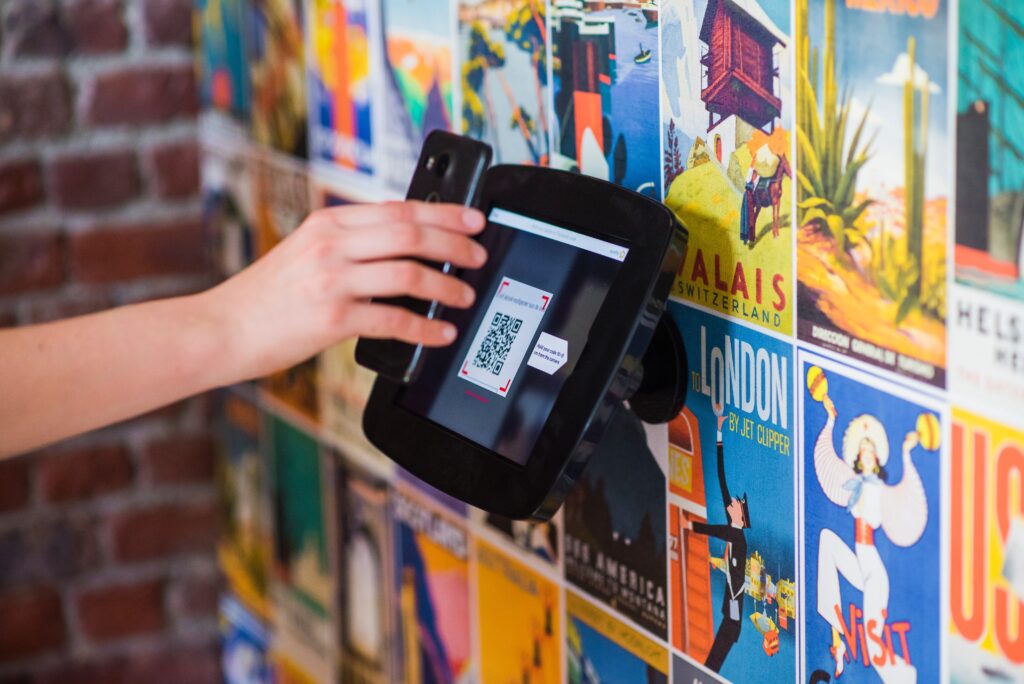
Benefits of proximity marketing for companies and consumers
Proximity marketing has a whole host of benefits, both for you and your customers. We’ve outlined some of the key highlights for you below.
How can proximity marketing help your business? Benefits for companies
As a business, the power of proximity marketing lies in the ability to personalise your interactions with customers. Some of the ways in which you can achieve this are through:
- Advertising
Proximity marketing can offer tailored advertising for customers, with ads triggered by a customer’s proximity to your store. This means that you can target customers at the right time, and in the right place. You can send adverts to them when they’re in the state of mind to make a purchase.
- Personalisation
With proximity marketing, you can build long-term relationships with your customers by offering them a more personalised experience. It offers the technology to make recommendations based on a customer’s shopping habits, including their past purchases, so you can send them coupons for products that they’re sure to love. This not only makes customers feel valued, but it’s also more likely to result in a sale.
- Access to data
Retailers who have both online stores and bricks-and-mortar shops have long struggled with having access to the same data offline as they do online. Proximity marketing can help with this. It gives you access to insightful data such as when shoppers use particular coupons, demographics, and what items are frequently bought together. This can support you in developing a more robust business and marketing strategy for both online and offline sales.
- Increase usage of mobile apps
By sending notifications and offers to shoppers through your app, you can ensure customers take a more active interest in the app. French retailer Carrefour saw an increase of 400% in engagement with their app following the implementation of beacons.
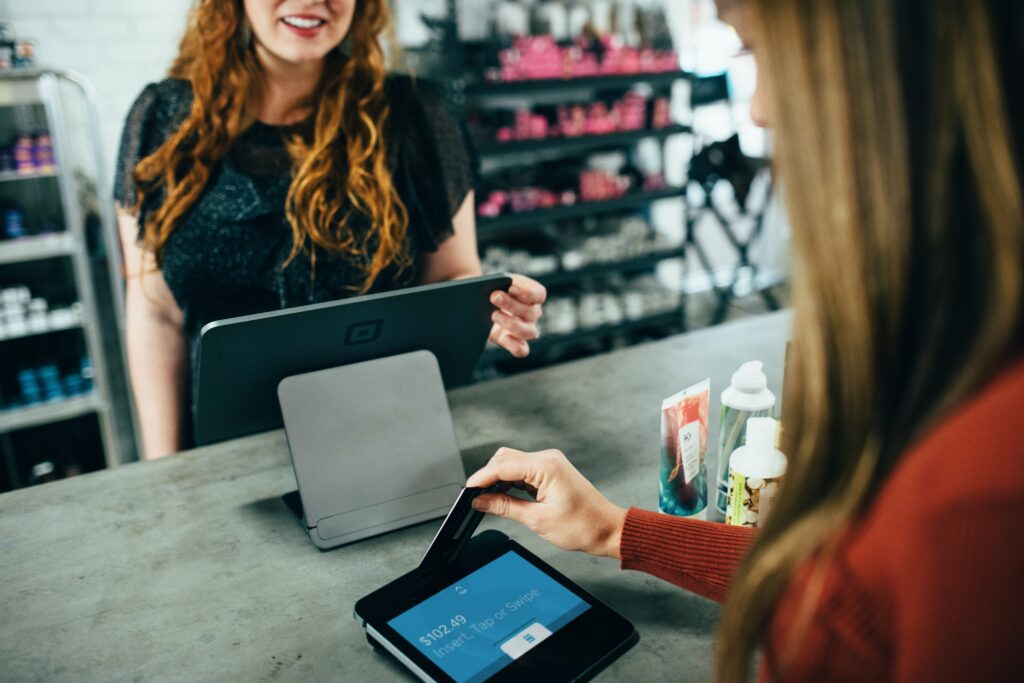
How can proximity marketing help your business? Benefits for consumers
Of course, proximity marketing has to offer something to customers as well. Some of the benefits for customers include:
- Personalised shopping experience
Everyone likes it when they feel as though a brand really knows them. Customers benefit from offers, discount coupons or codes, and information on products that they’re genuinely interested in and likely to purchase, based on their previous shopping history. According to research conducted by Marketing Insider Group, 78% of consumers said that relevant content increases their purchase intent.
- Loyalty programme
If you use proximity marketing to run a loyalty scheme, customers can benefit in a big way, whilst you build brand affinity.
Proximity marketing examples
Who is already nailing proximity marketing? What does it look like? We’ve rounded up some of the best-use cases of hyperlocal marketing by big brands, to give you an idea of how you could apply it to your business.
McDonald’s
McDonald’s used proximity marketing in 15 of its cafes in Istanbul to promote a new line of coffee drinks. They tapped Shopping Genie, a popular Turkish loyalty app, to target customers whilst they were near a MacDonald’s branch, offering them coupons. Through the app they were encouraged to purchase a coffee and they’d get a drink from the new line for free. It worked! It helped McDonald’s achieve a conversion rate of 20% with the 30% of users who received the promotion.
Amazon Go
The first Amazon Go store was set up in Seattle in January 2018, and there are now 26 branches across the USA. These stores are unique because they use cameras, beacons and other proximity sensors to monitor what items are picked up by customers. If a customer picks something up, it’s added to their virtual cart, and if they put the item down again, it’s removed from the cart. This technology means that customers don’t have to wait in a queue and can checkout using their Amazon account.
Walmart
Walmart is doing something different with proximity marketing. In partnership with GE, they used GE light bulbs to house beacons. These sent notifications to customers letting them know about special offers. These beacons can track shoppers within the store, meaning Walmart didn’t have to buy any separate hardware for their proximity marketing.
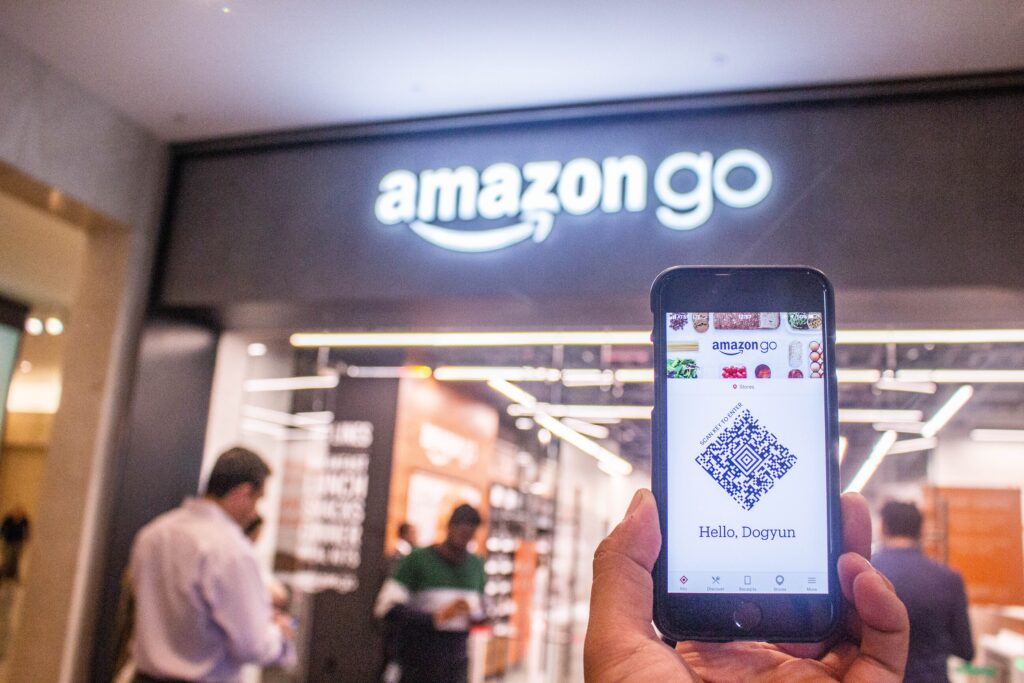
Proximity marketing vs. location-based marketing
Although they may seem similar, proximity marketing and location-based marketing are two very different strategies.
Location-based marketing works by using mobile technology to target consumers who are within a particular geographic area. Whilst proximity marketing targets customers within a very small area, location-based marketing is slightly broader, usually up to 100m. You would use proximity marketing to target customers who are already within your store. Or you could use location-based marketing to target customers who are, for example, walking past, or are in a coffee shop nearby.
Most businesses find success by using a combination of both techniques to appeal to prospective and current customers, as they serve slightly different purposes.
ShippyPro Ship & Collect
Now that you’ve figured out the answer to that burning question, ‘how can proximity marketing help your business?’, another way of improving the shopping experience for your customers is to offer multiple checkout options. You can achieve this with ShippyPro Ship & Collect, a great feature that offers multiple delivery options to your customers. You can engage with them during the cart checkout phase by showing real-time delivery rates for multiple carriers, as well as the nearest pickup locations. This means that customers can choose whichever option is most convenient for them.
That means, that if customers are out and about whilst shopping, they can use the Drop Off Point Map to see where their closest pick-up location is. Customers just need to enter their postcode to view the nearest pick-up point. They’ll be able to see how long it takes to reach the pick-up location either by car or foot, as well as opening hours for each location to help them decide which one is best for them.
ShippyPro is the complete shipping software for online and offline retail. With Label Creator, Track & Trace, Easy Return and Analytics features, our software simplifies your shipping operations. ShippyPro integrates with over 160 couriers and 80 sales channels, making it compatible with a wide range of products and use cases.
